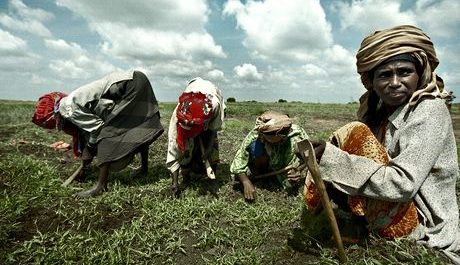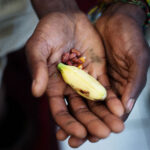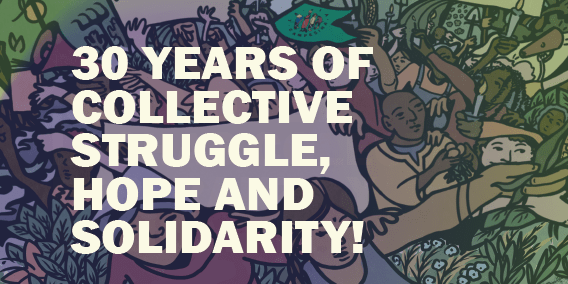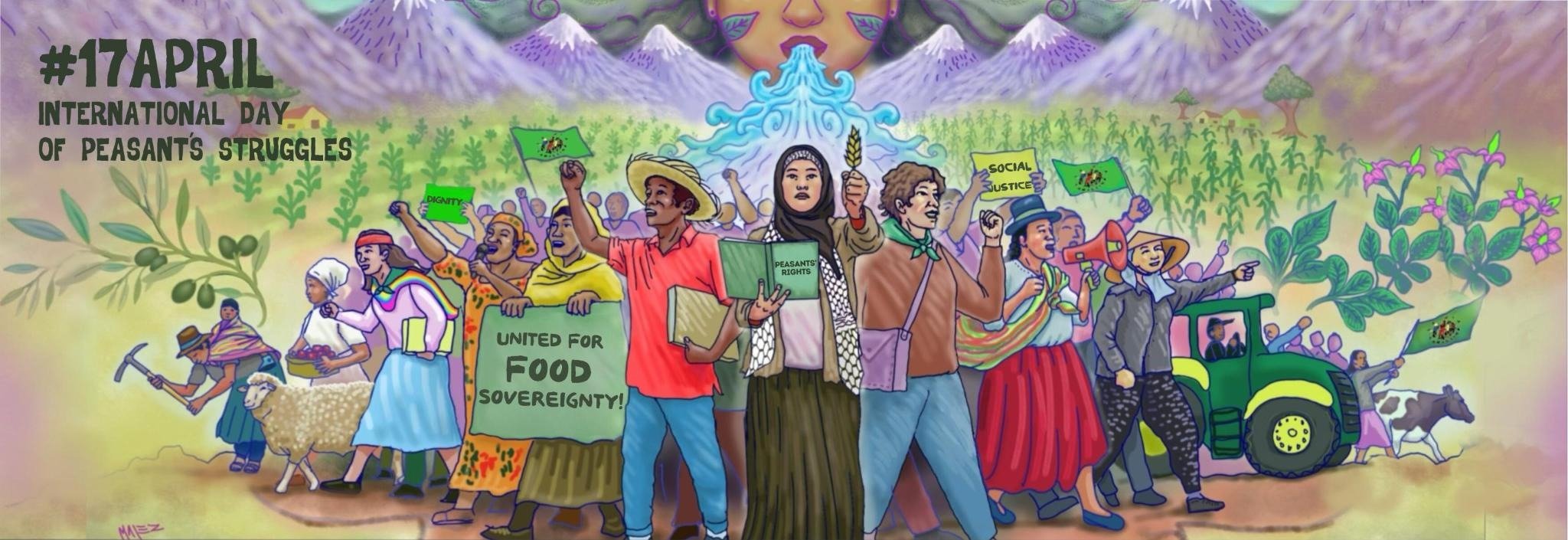Teresa Anderson
(Original article published on The Guardian)
Friday 17 October 2014
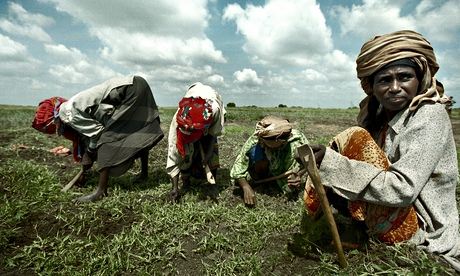
There’s a new phrase in town. A growing number of governments, corporations and NGOs are using the term climate-smart agriculture to describe their activities. With climate change affecting farming worldwide, you might assume we should be celebrating this as a step in the right direction.
But many organisations in the food movement are wary of or even opposed to this concept. They share growing concerns that the term is being used to green-wash practices that are, in fact, damaging for the climate and for farming. Many are worried that the promotion of climate-smart agriculture could end up doing more harm than good.
At the United Nations secretary general’s climate summit in New York last month, heads of state such as President Barack Obama referred to the need for climate-smart crops to weather the challenges ahead. The Dutch prime minister, Mark Rutte, announced the launch of the new Global Alliance for Climate-Smart Agriculture, involving governments, corporations, research institutes and NGOs.
This was followed by announcements from McDonalds, which use 2% of the world’s beef, and Walmart, the world’s largest corporation, about their own climate-smart initiatives.
Proponents of climate-smart agriculture claim that their approaches aim to achieve a triple win of increasing food security, adaptation and mitigation. So far so good, right? Actually, no.
There are no meaningful criteria for what can or cannot be called climate-smart. It may have a clever name, but there is nothing to ensure that the term climate-smart describes practices that are actually smart for the climate or for agriculture. The looseness of the term means that anyone can and does use it to describe their activities. No matter what the impact.
Some organizations call their own agroecological (organic) approaches climate-smart. Indeed, such practices really are effective. However, other groups point out that the same agribusinesses that have done the most to cause climate change and make farmers and food systems vulnerable, are now also using the term, and re-branding their activities as climate-smart.
A letter signed by more than 100 civil society organisations rejecting the newly-announced Global Alliance for Climate Smart Agriculture, points out that industrial agriculture approaches that increase greenhouse gas emissions are all welcome to use the climate-smart label to promote their practices as solutions to climate change.
Yara (the world’s largest fertiliser manufacturer), Syngenta (GM seeds), McDonald’s, and Walmart are all at the climate-smart table, the letter warns. Climate-smart agriculture will serve as a new promotional space for the planet’s worst social and environmental offenders in agriculture.
The world’s largest peasant farmers’ movement, La Via Campesina, has rejected the concept as an effort to push an agribusiness agenda under a green mask.
There is no doubt that food systems urgently need to adapt to changing weather patterns, and that certain parts of the food sector are major contributors to climate change. We need real solutions that replace harmful practices instead of promoting them.
Above all, we need systemic change. But it is hard to envision that the corporations leading the climate-smart charge are really aiming for localised, low-input, agroecological food systems that they would no longer control.
Last week, I met Gambian farmers who were excited by the immediate difference made to their crops when they stopped using synthetic fertilisers and started using agroecological strategies such as compost, manure and increased crop diversity. Their soils were visibly better, and the crops clearly healthier.
This year the rains in The Gambia arrived nearly two months late. But these farmers feel confident that even if the rainy season ends early, the soils now full of organic matter from the compost will hold enough water to help the crops reach maturity. They say that if they had continued using fertilisers this year, their sandy soils would have dried out far more quickly.
Such approaches, when combined with early warning systems that provide effective forecasting information and other risk reduction measures such as seed banks and water harvesting, can make a world of difference to farmers on the ground at a time when the climate is changing so unpredictably.
We must avoid opening the door to false solutions under vague climate-smart rhetoric. Instead, we must be specific about investing in real resilience through agroecological adaptation solutions to climate change.
Teresa Anderson is ActionAid International’s communications officer for resilience. Follow @T_Anderson_AAI on Twitter.


